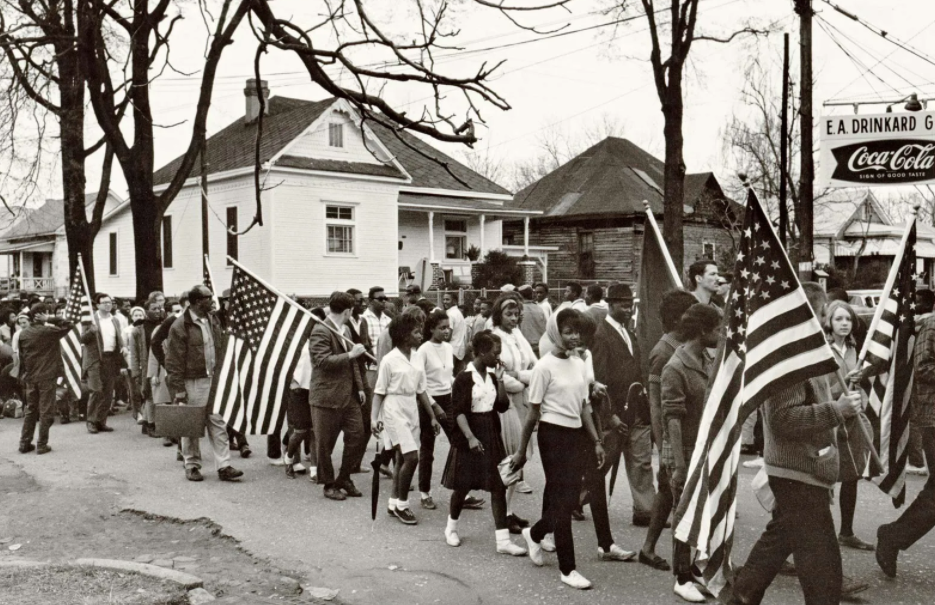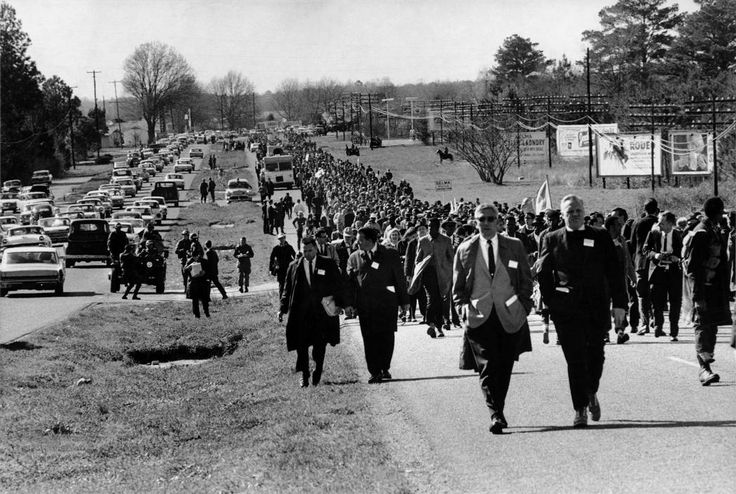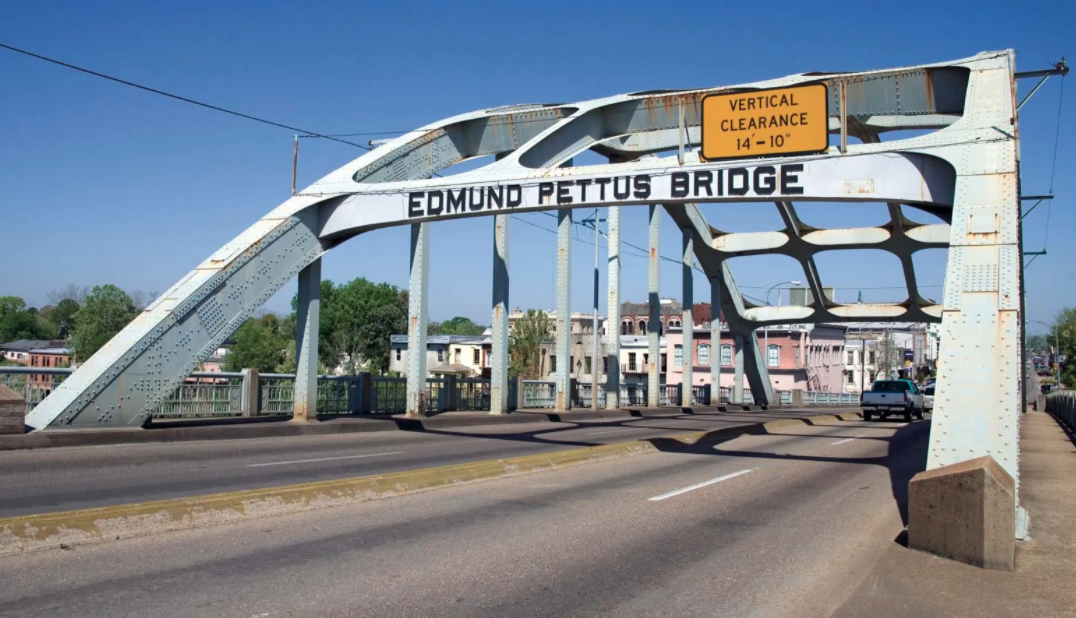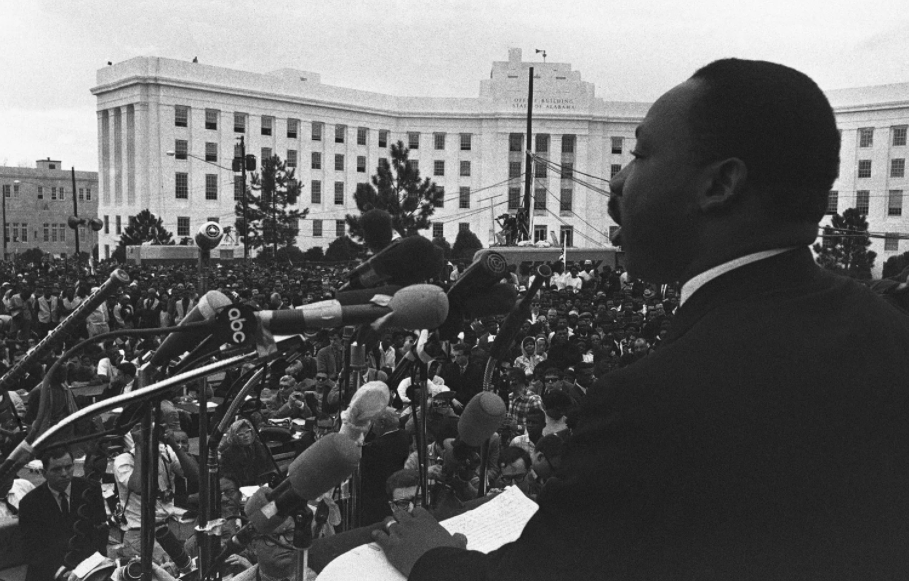CAIRO – 23 March 2022: In the name of voting rights for African Americans, 3,200 civil rights protesters in Alabama led by Martin Luther King Jr. began a historic march from Selma to Montgomery, the state capital, on March 21, 1965.
The Alabama National Guard and FBI agents promised to provide a safe bridge to the march. In 1965 King and the Southern Christian Leadership Conference (SCLC) decided to make the small town of Selma the centerpiece of their campaign to win voting rights for African Americans in the South.

Meanwhile, the governor of Alabama, George Wallace, remained an outspoken opponent of the African-American civil rights movement. Selma local authorities have consistently thwarted efforts by the Dallas County Voters League and Student Coordinating Committee (SNCC) to register local black citizens, according to History.
Although Governor Wallace promised to prevent it from moving forward on March 7, about 600 protesters, led by SCLC leader Hosea Williams and SNCC leader John Lewis, began a 54-mile march to the state capital.

After crossing the Edmund Pettus Bridge, they met Alabama soldiers who attacked them with sticks, tear gas, and whips, after they refused to return. Many protesters were severely beaten, and others ran for their lives. The incident was filmed on national television and angered many Americans.

On March 21, US Army and Alabama Federal National Guard troops escorted protesters across the Edmund Pettus Bridge and down Interstate 80 when the highway narrowed into two lanes.

Martin Luther King, Jr., delivering his “How Long, Not Long” speech in Montgomery, Alabama, March 25, 1965. - AP Images
Only 300 protesters were allowed, but thousands more rejoined the Alabama Freedom March as it entered Montgomery on March 25.
On the steps of the Alabama State Capitol, King addressed live television cameras to a crowd of 25,000 people a few hundred feet from Dexter Avenue Baptist Church.
Comments
Leave a Comment